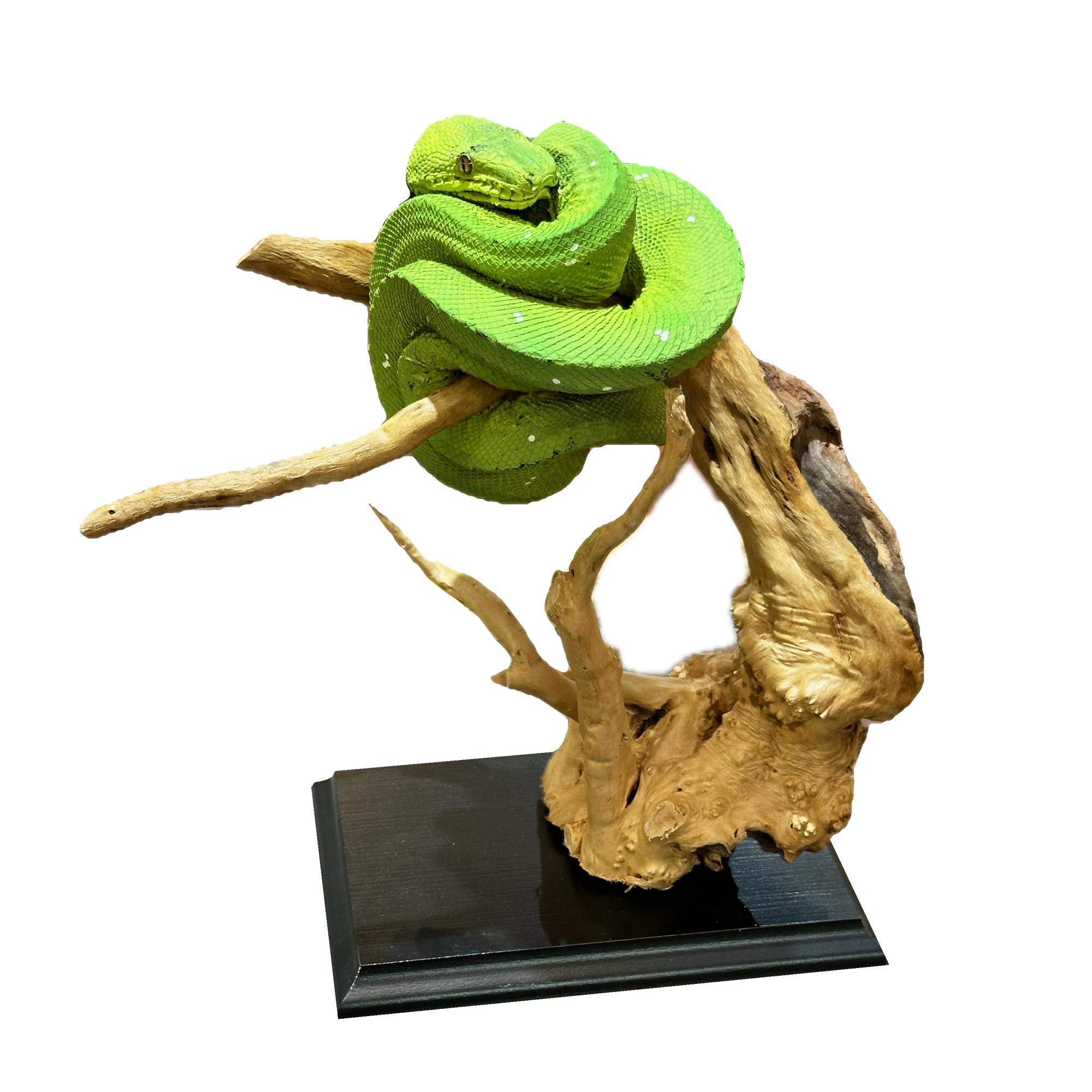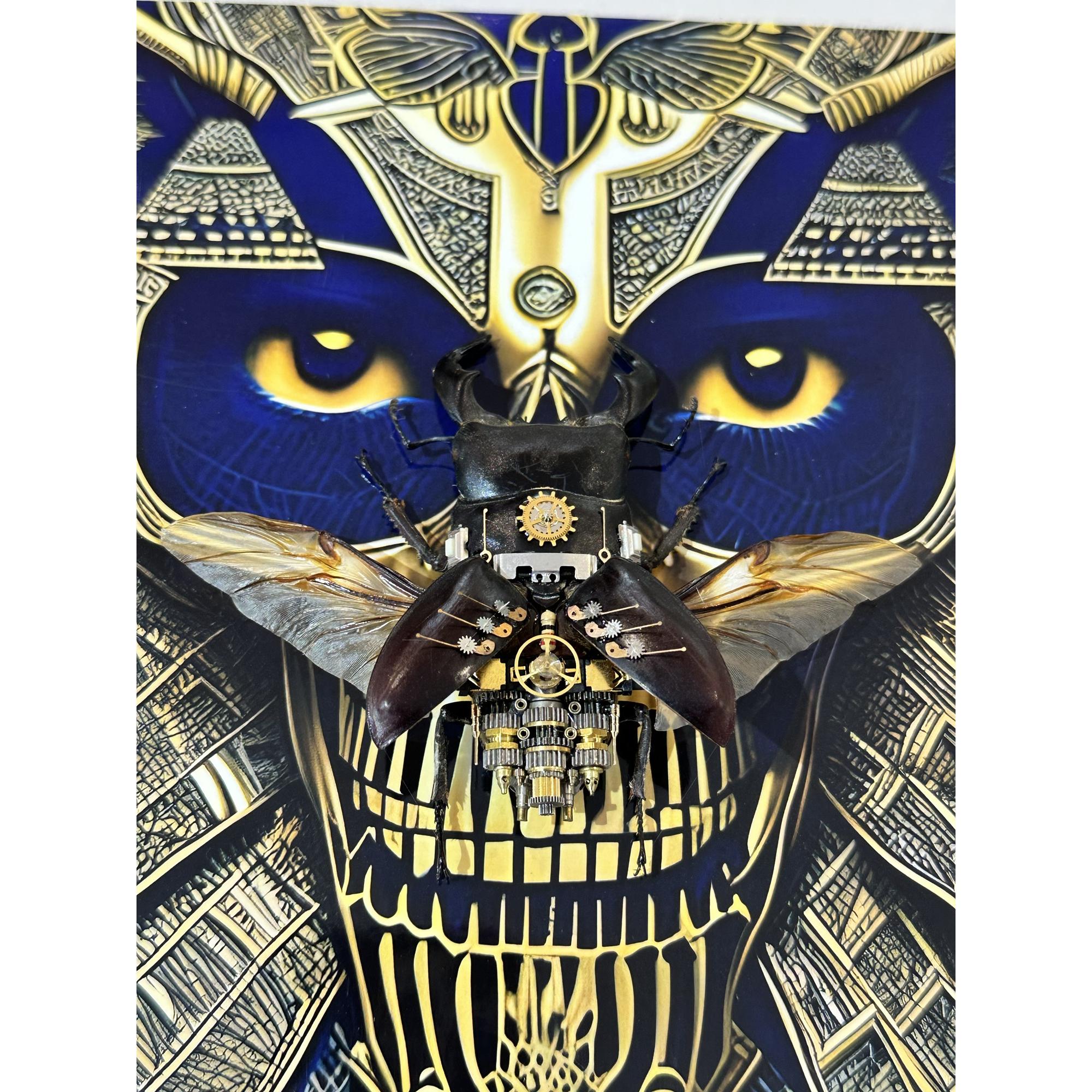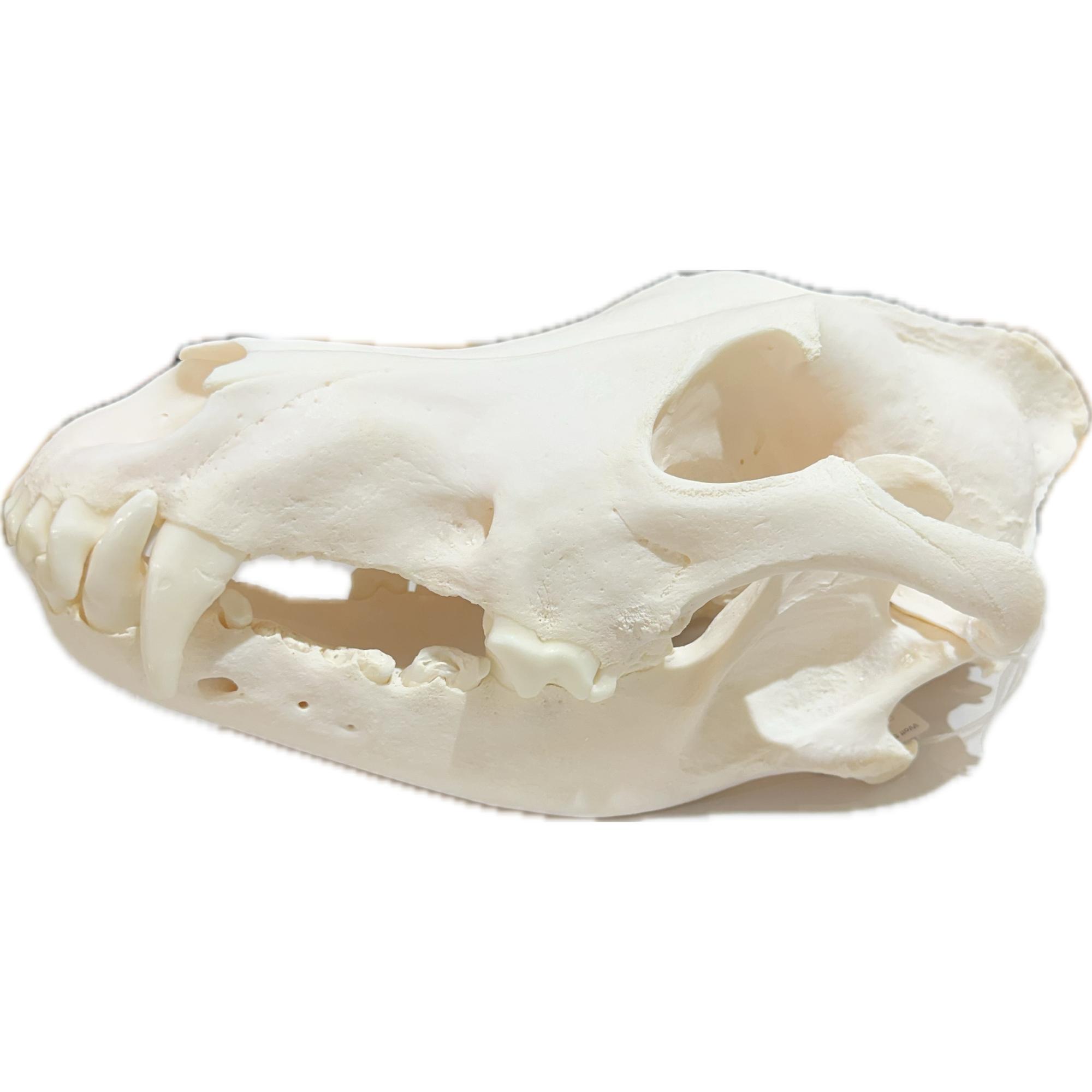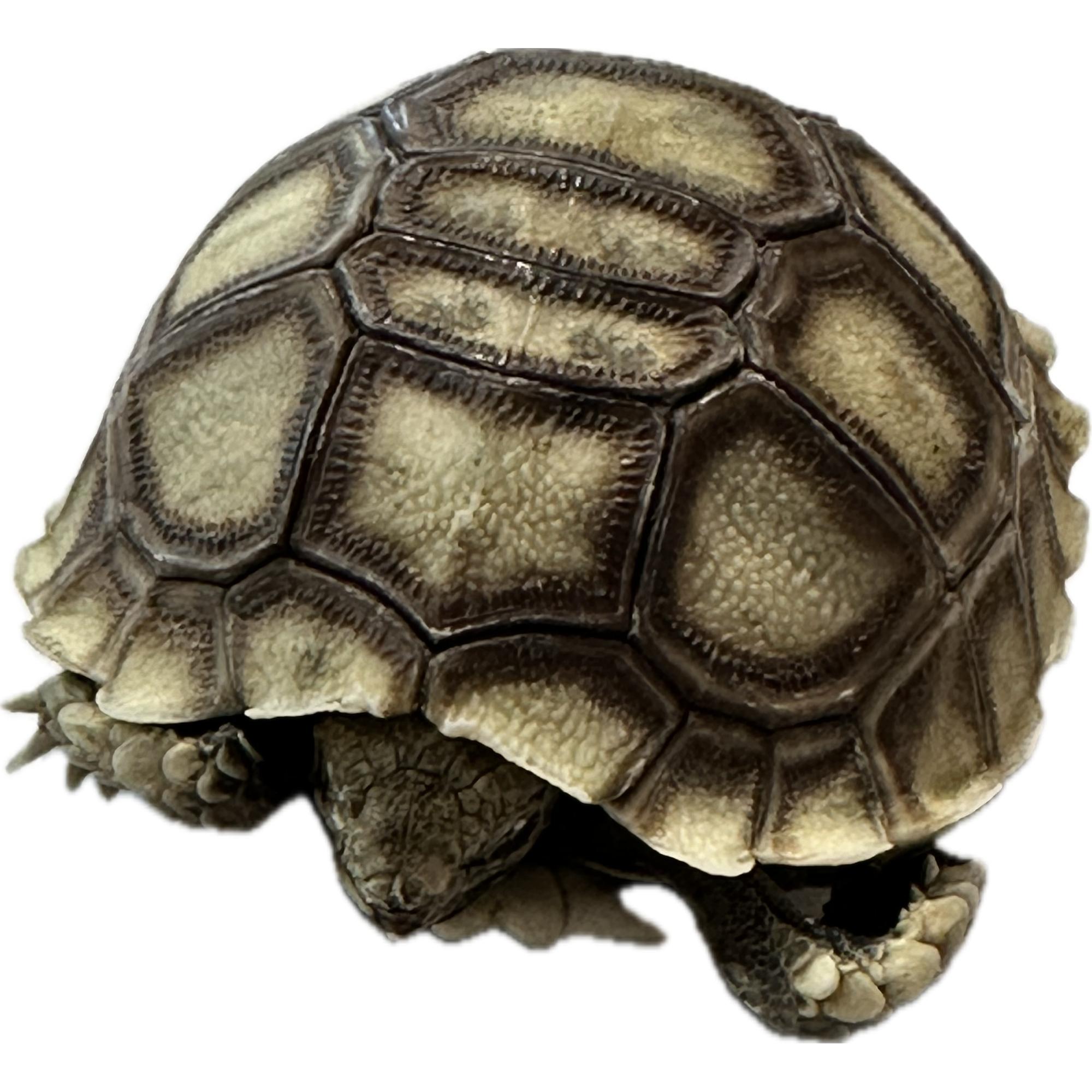In the realms of the peculiar and the avant-garde, a fascinating fusion emerges, intertwining the worlds of oddities, bugs, steampunk, and taxidermy. This unique blend not only showcases the aesthetic appeal of combining natural history with speculative fiction but also reflects a deeper cultural and artistic movement that challenges traditional notions of beauty and utility.
Oddities, a term often used to describe unusual or bizarre objects, artifacts, and specimens, have long captivated human curiosity. From the cabinets of curiosities of the Renaissance, which housed rare and exotic items, to modern-day oddities shops and museums, the allure of the strange and the uncanny remains strong. These collections often include preserved animals, anatomical models, and other natural wonders, alongside artifacts that blur the lines between art, science, and the macabre.
Bugs, or insects, play a significant role in the world of oddities, both as subjects of scientific interest and as artistic inspiration. The intricate beauty of their forms, patterns, and colors has fascinated collectors and artists for centuries. Insects are often preserved and displayed in a manner that highlights their otherworldly beauty, making them popular items in collections of natural oddities. Beyond mere preservation, the artistic manipulation of bugs—such as creating intricate jewelry or decorative pieces from beetle wings or butterfly scales—demonstrates a unique blend of natural history and human creativity.
Steampunk, a genre of speculative fiction that incorporates technology and aesthetic designs inspired by 19th-century industrial steam-powered machinery, intersects with the world of oddities in intriguing ways. Steampunk art and design often repurpose vintage and antique items, imbuing them with new life as objects of speculative, retrofuturistic invention. This genre’s fascination with mechanical devices, combined with a Victorian-era sensibility, creates a fertile ground for the incorporation of natural oddities and taxidermied creatures into its narrative and aesthetic framework. Steampunk artists might create fantastical machines adorned with insect parts or utilize taxidermy in elaborate sculptures that evoke an alternate history where the boundaries between the organic and the mechanical blur.
Taxidermy, the art of preserving animals’ bodies via mounting or stuffing for the purpose of display or study, intersects with oddities and steampunk in its ability to evoke both the familiar and the uncanny. Once primarily a tool for scientific study and a symbol of hunting prowess, taxidermy has evolved into a form of artistic expression that explores themes of life, death, and resurrection. Contemporary taxidermists often push the boundaries of the craft, creating fantastical creatures or placing specimens in unexpected contexts that challenge viewers’ perceptions and elicit a sense of wonder.
The combination of oddities, bugs, steampunk, and taxidermy represents a cultural fascination with the intersection of nature and artifice, the past and the speculative future. This fusion encourages a reevaluation of objects and specimens that might otherwise be overlooked or dismissed as mere curiosities. By placing these elements in dialogue with one another, artists and collectors create a space where the eerie beauty of the natural world meets the imaginative potential of human creativity.
In this confluence, ethical considerations also arise, particularly regarding the sourcing and treatment of biological specimens. The contemporary oddities movement, aware of these concerns, often emphasizes ethical sourcing and the respectful treatment of animals and insects. This ethical awareness adds another layer to the appreciation of these objects, as it prompts a deeper reflection on the relationships between humans, nature, and art.
In conclusion, the blending of oddities, bugs, steampunk, and taxidermy offers a window into a world where the boundaries between life and art, nature and technology, and the past and the imagined future are fluid and permeable. This unique amalgamation not only celebrates the beauty and mystery of the natural world but also highlights the creative potential of reimagining and repurposing the objects that inhabit it. As a cultural and artistic phenomenon, it invites viewers to reconsider their perceptions of beauty, utility, and the macabre, fostering a sense of wonder and curiosity that transcends conventional boundaries.
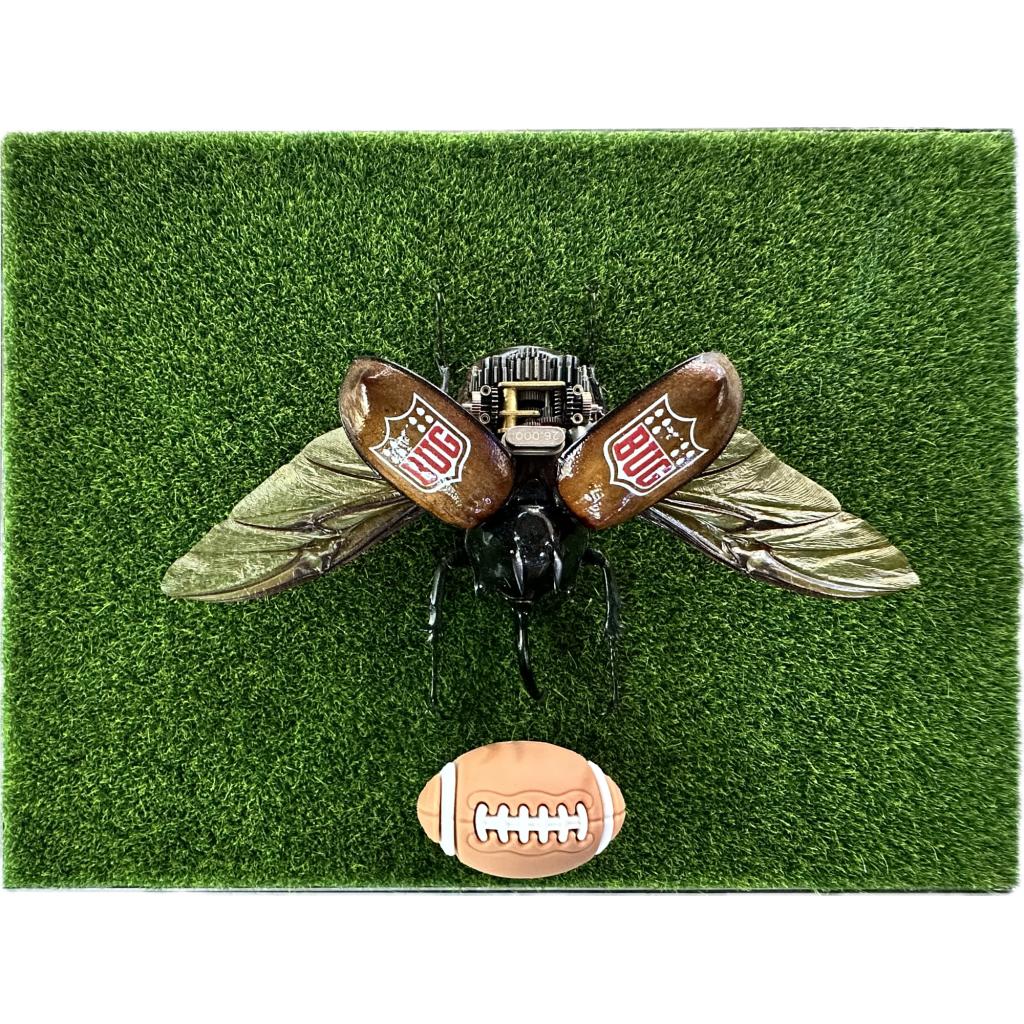
https://www.prehistoricoregon.com/product-category/taxidermy
